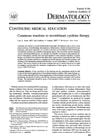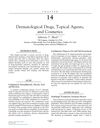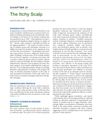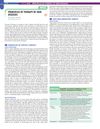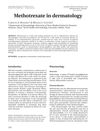Aldesleukin
October 2015
in “
Elsevier eBooks
”
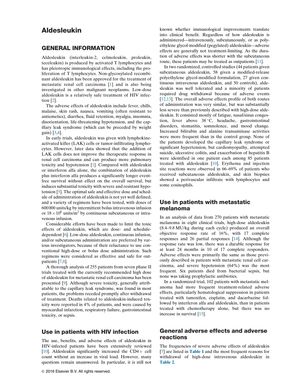
TLDR Aldesleukin can treat certain cancers and increase HIV patient CD4+ counts but often causes severe side effects.
Aldesleukin, known as interleukin-2, is used to treat metastatic renal cell carcinoma and is being explored for other cancers, including metastatic melanoma. It has shown promise in increasing CD4+ cell counts in HIV patients without raising viral loads. However, it is associated with a range of adverse effects, such as capillary leak syndrome, severe hypotension, and at high doses, severe toxicity was observed in most of the 255 patients with metastatic renal cell carcinoma, including a 4% death rate due to treatment toxicity. In HIV, it was well tolerated in studies with 44 and 58 patients, respectively. For metastatic melanoma, 270 patients had a 16% response rate but also significant adverse effects. Efforts to reduce toxicity include lower doses and different administration methods. Denileukin diftitox, a related drug, is approved for cutaneous T cell lymphoma and is being evaluated for severe psoriasis. Cardiovascular complications are a major concern with high-dose aldesleukin, and respiratory issues like cough and dyspnea are dose-related. Neurotoxicity, psychological effects, endocrine and thyroid dysfunctions, hematologic effects like anemia and thrombocytopenia, gastrointestinal complications, and liver and biliary tract issues are also reported. In a study of 199 patients, over 90% experienced renal toxicity, but no long-term renal defects were observed. Cutaneous reactions, musculoskeletal pain, sexual dysfunction, autoimmune disorders, and infectious complications were noted. In a phase III trial with 190 patients, combining aldesleukin with chemotherapy and interferon alfa modestly increased response rates in metastatic melanoma but also increased severe adverse effects.
